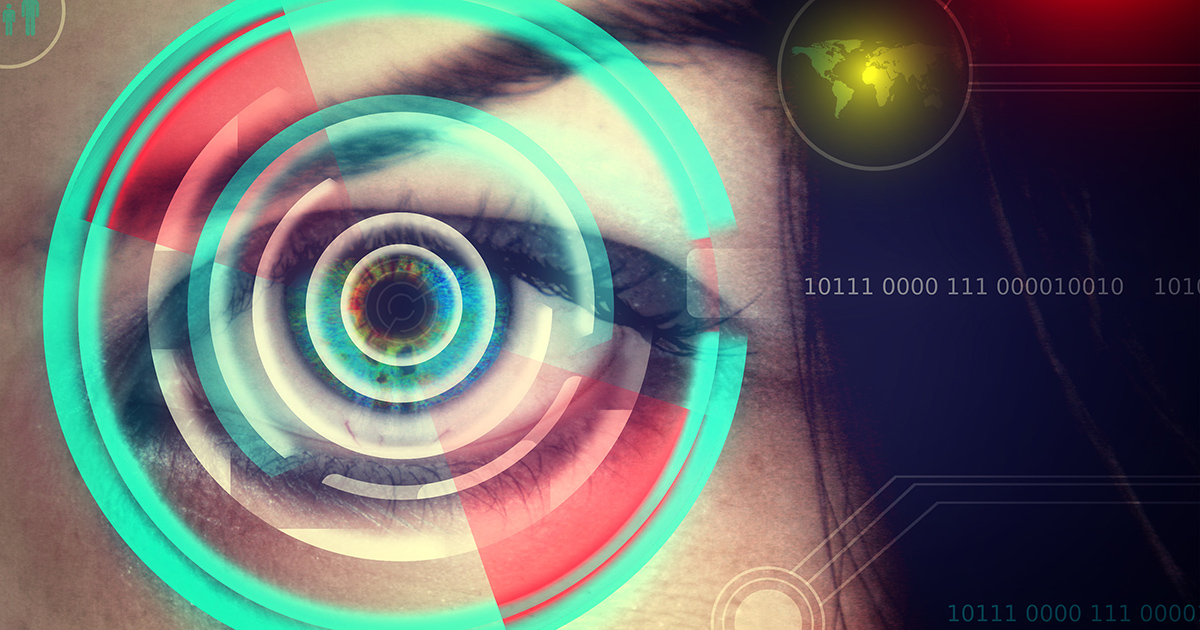Biometric authentication is a method to validate an user’s identity based on a user’s physical characteristics. It involves a comparison between unique human physiological elements and the person he/she claims to be. This technology is rapidly evolving and is becoming widely used, notably in the financial services industry. In 2016, around 67 million banking customers around the world enrolled for services that would use their voice to accelerate the authentication process (Mastercard study).
Biometrics are mainly used by financial services companies to authenticate users when accessing banking services via the telephone or through mobile banking apps. More than an efficient authentication process, biometrics are seen and used as a leading-edge technology differentiator in an increasingly competitive banking environment.
From a customer point of view, biometrics have many advantages. One of the main benefits is that they improve both security and customer experience by being very convenient. Contrary to passwords or tokens, biometrics cannot be forgotten or lost as they are part of the user’s identity. With the progressive rise of digital services, it is expected that consumers will have around 200 accounts requiring passwords by 2021. Remembering these many passwords is nearly impossible and that is where biometrics are helpful with 93% of clients preferring biometric authentication methods over traditional passwords based on a 2016 banking consumers survey.
Moreover, biometric elements are more difficult to ‘crack’ than a series of letters and numbers because it is quite difficult to fake someone’s iris, voice or fingerprint, for example.
Overall, the whole authentication process using biometrics is more seamless as it reduces friction (i.e. sign-in process) by removing extra steps and avoids potential frustration which can lead to customer attrition. Putting your finger on a reader is faster and less cumbersome than using your bank’s token.
For financial services organisations, biometric authentication reduces operational costs such as call handling times or first call resolution by facilitating authentication of users (i.e. no password forgotten and to be reset).
However, while passwords or tokens rely on a perfect match of characters, biometric systems are based on the probability of a match that may not be 100% accurate as environment and usage can affect these measurements. Related issues can lead to false positives (the system wrongly accepts a biometric sample as being a match) or false negative (the system fails to recognise an authentic individual).
In addition to these issues, biometrics cannot be used as the main method of authentication, as elements of a human body are subject to change over time or because of other environmental factors. Imagine being unable to access your bank account because the fingerprint recognition system won’t authenticate you because of a hand injury, or because you are sick and your voice is altered and the voice recognition can’t find a correct match.
Another downside is the security of biometric technologies as consumers cannot ‘reset’ their biometric elements if they are compromised as they would do with passwords or tokens. If your biometric signatures are compromised you have to use another way to authenticate. Some biometric elements such as voiceprint are stored on remote systems and may be stolen, just like a password file, then used by hackers.
As with many innovative technologies, biometric technologies are sometimes judged as a complex and technical field. The lack of knowledge can make financial services reluctant to adopt them. For example, only 36% of professionals feel they have adequate experience with mobile biometrics and around two-thirds (64%) of technical professionals claim to have little or no experience at all (Mastercard study).
Although some professionals are still wary about biometrics, the overall trend is the improvement of technology and of infrastructure support. Fingerprint collection has become more precise with time and some countries facilitate the development of the technology, such as the Indian government that aims to collect the fingerprints and irises of all 1.3 billion Indian residents to leverage the use of biometrics by other public and private organisations (the Aadhaar system).
As the authentication process is a key element of cyber security, the use of biometrics in the financial services field provides many advantages leading to enhanced security combined with an improved user experience. Biometrics give financial services companies the opportunity to go beyond the usual passwords and tokens and their related issues of inconvenience.
Biometric authentication meets the objectives of digital security and enhanced user experience, which are also at the core of APrivacy’s values. APrivacy security solutions can integrate biometric authentication so that financial services interactions become even more secure and convenient for customers. If you would like to learn more about APrivacy, please contact us.
Digital Security Perfected – APrivacy Ltd. is an award-winning company which combines military-grade data security with a seamless user experience on any platform, any device, anywhere. APrivacy Ltd.’s enabling technology now allows the financial services industry to confidently communicate with clients using their favourite channels leading to increased revenues and reduced costs while meeting the strictest regulatory requirements.


